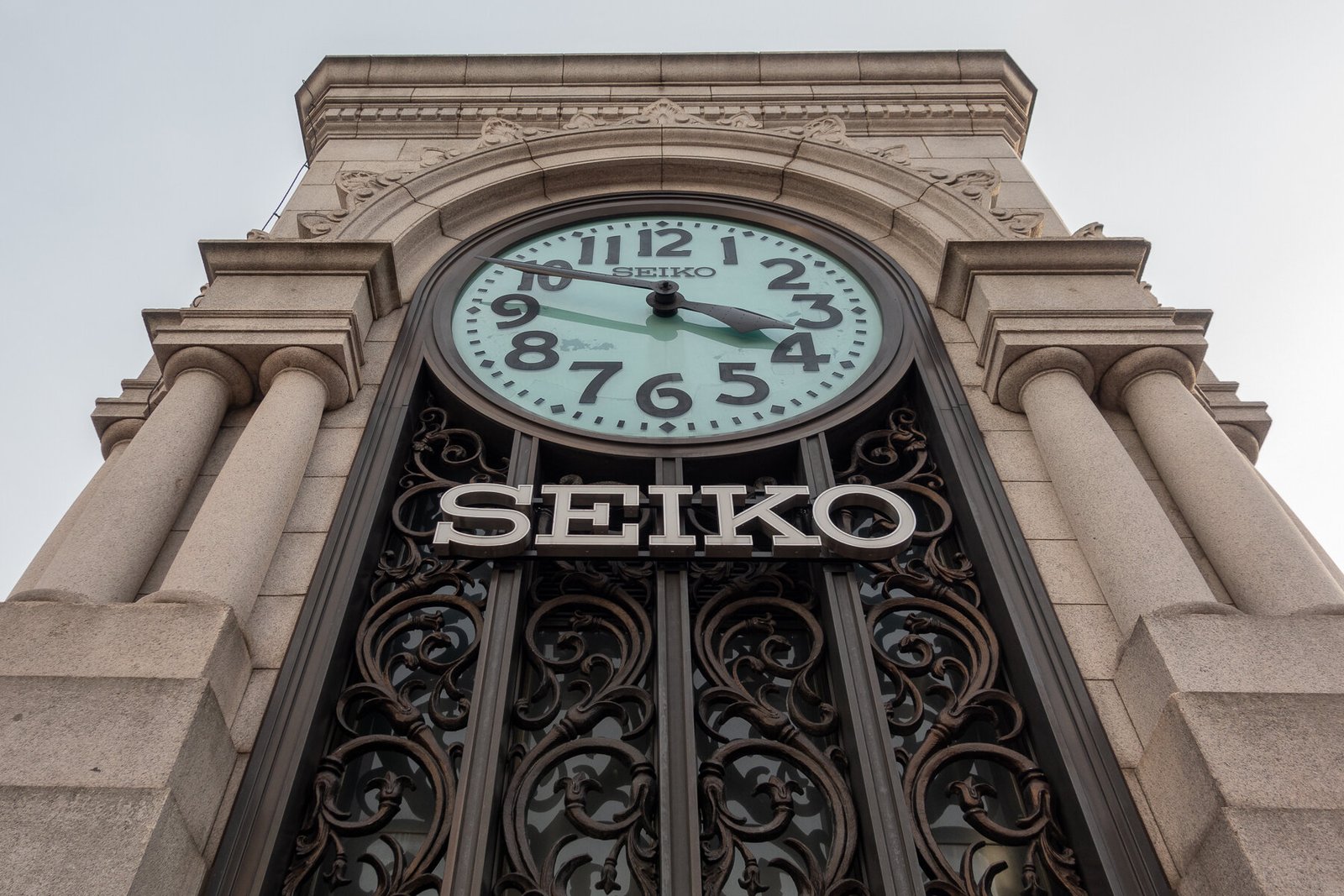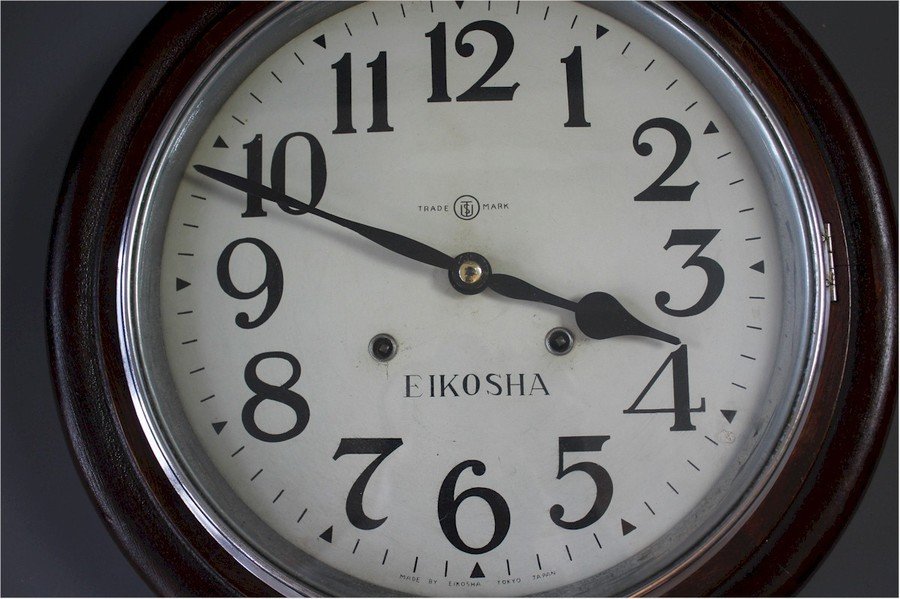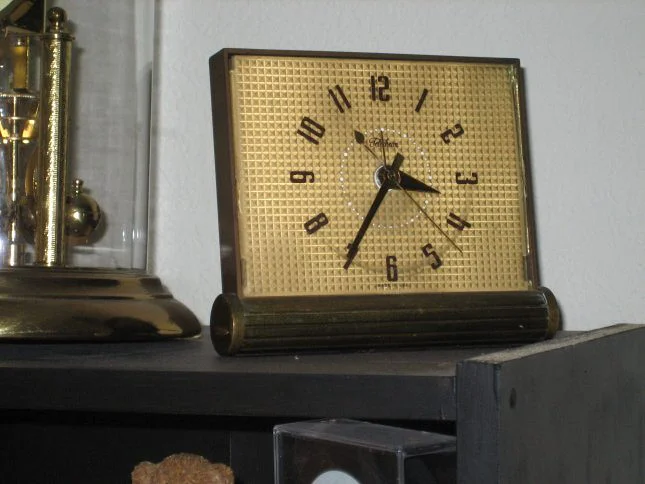Japanese clocks from the 20th century stand out for their blend of precision, craftsmanship, and unique design elements. As Japan modernized and embraced new technologies, its clockmaking industry evolved, producing some of the most iconic timepieces that remain cherished by collectors and enthusiasts worldwide. Here are some of the most notable Japanese clocks from the 20th century, each representing the nation’s dedication to innovation and aesthetics.
Seiko Astron (1969)
One of the most revolutionary clocks of the 20th century, the Seiko Astron was the world’s first quartz clock. Released in 1969, the Seiko Astron marked the beginning of a new era in timekeeping, offering unprecedented accuracy compared to traditional mechanical clocks. This quartz-powered timepiece put Japan at the forefront of the global watch and clock industry, with Seiko becoming synonymous with technological innovation. The Seiko Astron not only changed how time was measured but also significantly influenced the future of both wristwatches and clocks worldwide.
Rhythm Alarm Clocks
The Rhythm Watch Company, founded in 1950, is well-known for producing some of Japan’s most iconic alarm clocks. Rhythm clocks gained popularity for their reliable and precise mechanisms, as well as their charming designs, which were often colorful and playful. These clocks were commonly found in homes across Japan and became a household staple throughout the 20th century. Rhythm’s innovative approach to crafting functional yet aesthetically pleasing clocks made it a beloved brand both domestically and internationally.
Citizen Wall Clocks
Citizen, another powerhouse of Japanese horology, made its mark in the 20th century with a range of wall clocks known for their minimalist designs and accuracy. Moreover, citizen clocks featured clean lines and sleek aesthetics, perfectly complementing modern interior design trends of the time. Their clocks, often powered by quartz movements, became a symbol of reliability and were widely used in public spaces, offices, and homes. Citizen’s contributions to clockmaking during the 20th century reinforced Japan’s reputation for high-quality, durable timepieces.

Seikosha Military Clocks
During the early 20th century, Seikosha (the predecessor to Seiko) manufactured clocks for military use. These clocks, particularly those used during World War II, were known for their robustness and precision, as they were critical for coordinating military operations. After the war, Seikosha shifted its focus towards consumer products, but its military clocks remain a significant part of Japanese clockmaking history. Collectors often seek out these military clocks for their historical significance and mechanical excellence.
Rhythm Melody Wall Clocks
In the later part of the 20th century, Rhythm Melody Clocks became widely recognized for their charming and innovative features. These clocks play melodies or chimes at the top of the hour, adding a musical element to their timekeeping function. Their detailed craftsmanship and variety of designs made them popular in homes worldwide. Rhythm’s ability to combine functionality with artistic design in their Melody Clocks solidified their position as a leader in both the Japanese and global clock markets.
Hattori Anniversary Clocks
Hattori, the founder of Seiko, also had a significant impact on the Japanese clock industry. In the mid-20th century, Hattori Anniversary Clocks became popular for their elegant designs and precision timekeeping. These clocks were often given as gifts to mark special occasions, such as weddings or anniversaries. They featured intricate designs, often incorporating gold, silver, and other luxurious materials. The Anniversary Clocks were not only functional but also sentimental pieces, making them a cherished part of Japanese culture during the 20th century.
Seiko World Time Clocks
Seiko’s World Time Clocks, first introduced in the 1960s, allowed users to view the time in multiple time zones, a groundbreaking feature at the time. These clocks were especially popular among international business professionals and travelers. Their sleek, modern design and functionality made them a symbol of global connectivity, reflecting Japan’s growing influence in global commerce and technology during the latter half of the 20th century.
Citizen Flip Clocks
Citizen Flip Clocks, introduced in the 1970s, were another iconic timepiece from Japan. These clocks used flipping numbers to display the time, a design that was both functional and stylish. The retro aesthetic of these clocks remains popular among collectors and enthusiasts. Their innovative display mechanism and durable construction make them one of the most memorable clock designs of the 20th century.
Conclusion
The 20th century was a transformative period for Japanese clockmaking, with iconic brands like Seiko, Rhythm, and Citizen leading the way in both technological innovation and design. From the groundbreaking quartz technology of the Seiko Astron to the musical charm of Rhythm Melody Clocks, these timepieces showcase Japan’s enduring commitment to precision and artistry. Whether you are a collector or simply appreciate beautifully crafted clocks, these iconic Japanese clocks from the 20th century remain timeless treasures.




